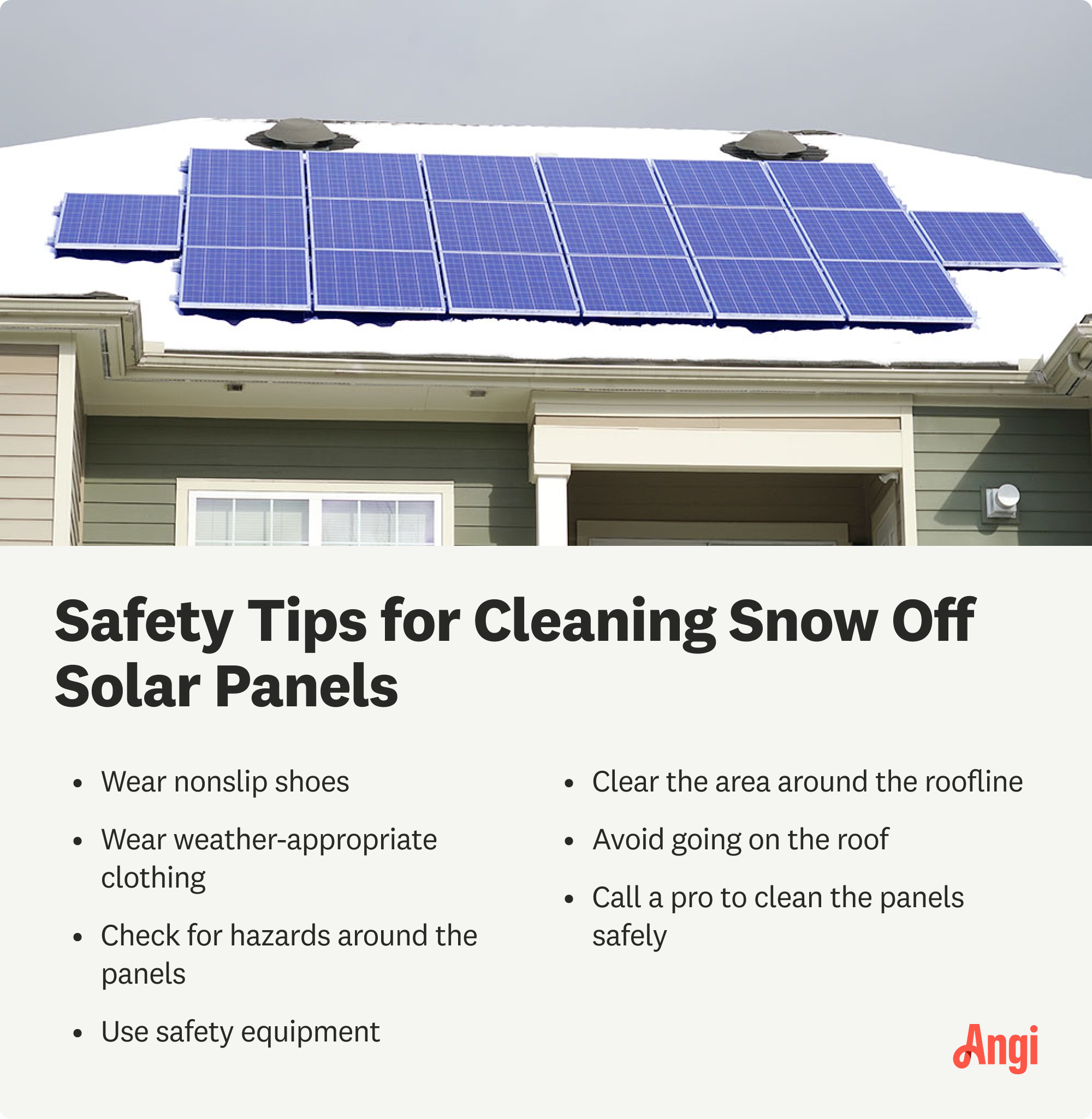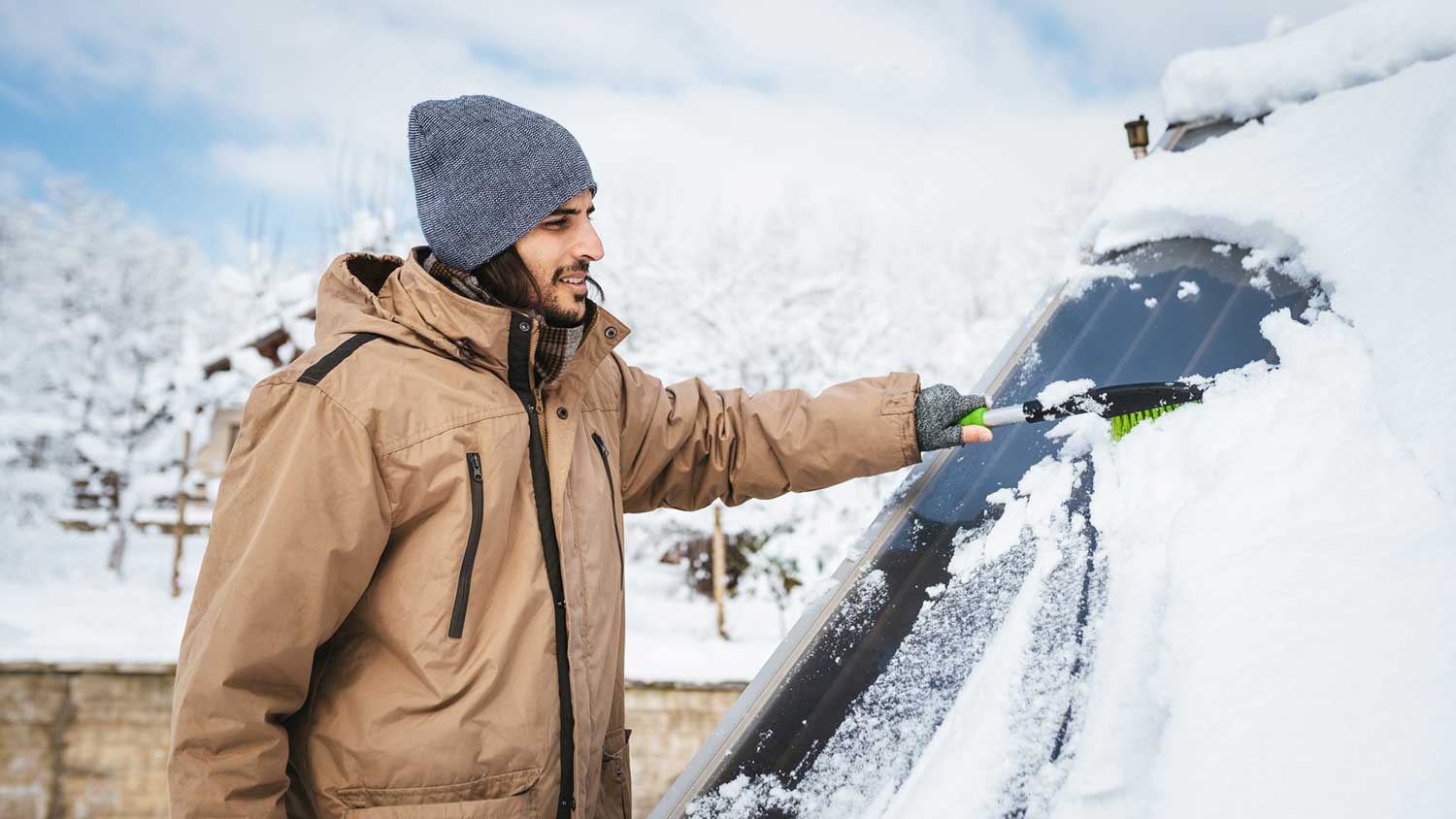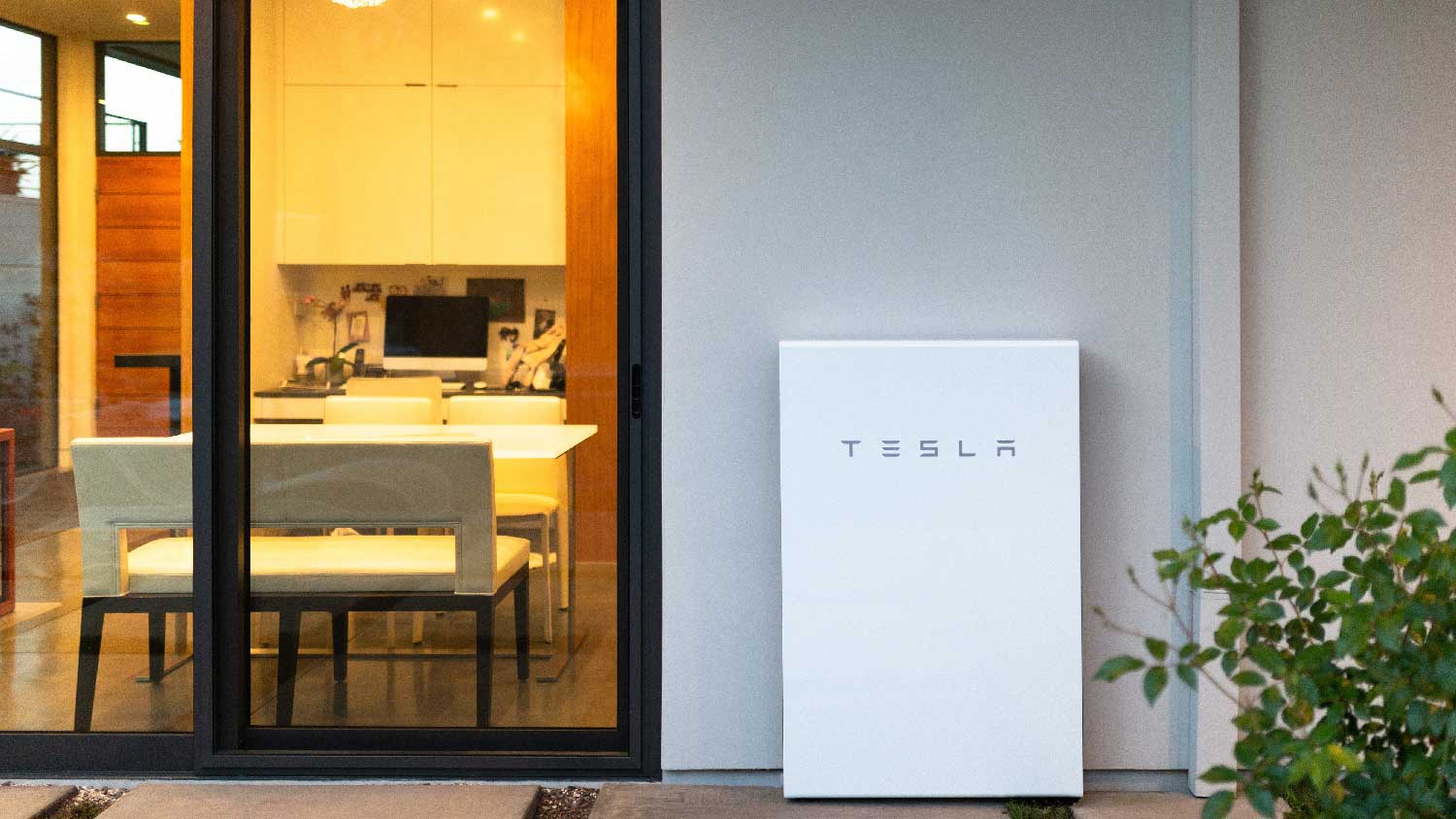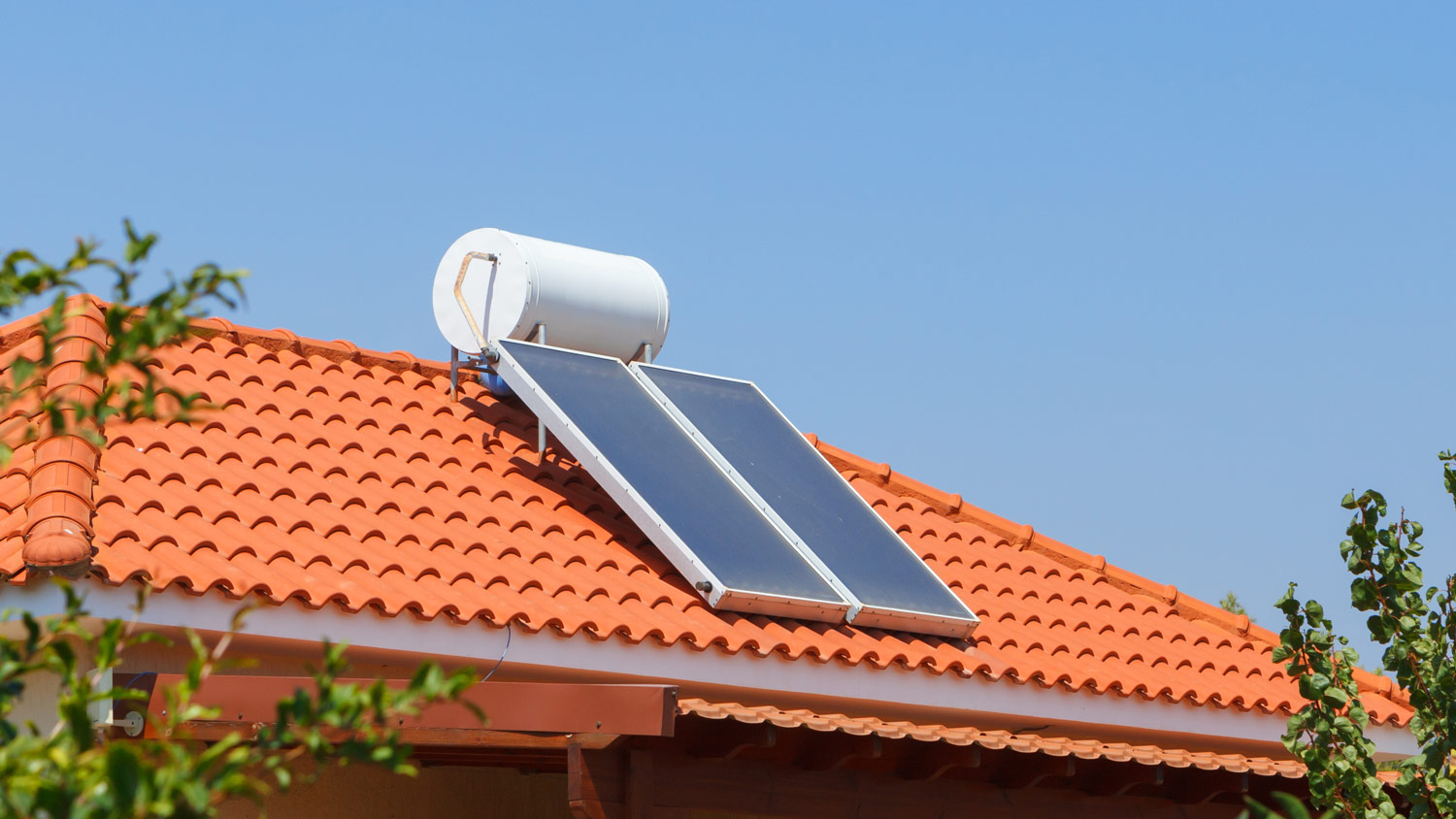
Solar battery costs depend on the size of your system, labor, and capacity. Learn how much you could pay for batteries for home solar systems.
Heat and gravity do most of the work, but you can help clear panels with a soft touch


The thrill of new snow quickly dwindles if it prevents sunlight from reaching your solar panels. There are several ways to keep a snowy dreamland from turning off your heat and lights or reducing panel efficiency. Take a look at our six tips to prevent and clean snow off your solar panels without scratching or damaging them.
Solar panels work during the winter, but you’ll need to keep an eye on the weather to keep solar panels running efficiently. Adjust the direction or angle of the panels so as little snow as possible accumulates during an incoming storm. Make direction and angle adjustments before the storm hits, factoring in the wind direction to avoid snow drifts against the panels.
A solar panel installation pro can help adjust your panels and the tilt to encourage snow to slide off rather than accumulate on the panels’ surface.
Inspect the surrounding area before cleaning, brushing, blowing, or rinsing snow off the solar panels. Look for obstructions like fallen branches or trees near the panels or a nearby power line.
When inspecting roof-mounted panels, check the area around the roofline to ensure heavy snow won’t fall on or damage anything. Avoid getting on the roof if you can, and check for any icy areas, dangling power cords, and downed debris that can make the roof more dangerous.
Cleaning your solar panels, repairing components, and trimming surrounding trees will keep your system operating smoothly. Check regularly for debris and tree branches and get a professional inspection every year. A solar panel repair pro can get your system in tip-top shape.
Avoid getting on the roof if you can by cleaning roof-mounted panels from the ground, which is always safer. If you have experience working on the roof, you can wear a safety harness and secure yourself to an anchor point to prevent a fall. Wear nonslip shoes that grip the roof and clothing appropriate for the weather, which could include a hat, coat, gloves, and snow pants.
The best tools are brushes with telescoping handles or extension poles that let you stay on the ground. However, be aware of where the snow you’re moving will land—you don’t want to stand underneath it.


A brush isn’t necessary to remove snow from snow panels. The panels’ direction and tilt will prevent too much buildup, but a big pile of snow or snow that thawed and froze again can stick. It might be tempting to work away at the snow with an abrasive tool and risk scraping or scratching the glass on the solar panels. Save yourself the cost of solar panel repairs by avoiding brooms, metal shovels, or other tools with abrasive surfaces that could damage the panels and reduce efficiency.
Foam-covered and non-abrasive brushes with long, telescoping handles or those that can attach to extension poles are good for snow removal if the snow won’t melt or slide off.
Blowers are handy for more than leaf removal. They can also remove snow as long as the snow isn’t too heavy with moisture. This method is best for panels mounted on the ground. If you can safely secure yourself with an anchor and harness, it’s also an effective method for removing snow from roof-mounted panels.
The occasional light dusting of snow that melts within a few hours or days doesn’t affect solar panel efficiency. On the other hand, heavy snow buildup prevents adequate sunlight from reaching the panels, so keeping them clean is essential to their functionality.
Keeping the panels clean also protects them from damage, as the weight of heavy and unevenly distributed snow can crack the glass. If cracks happen before you can remove the snow, contact a local solar panel repair pro to assess the damage and potentially replace the glass or panel.
Clean solar panels—free from snow, dirt, tree limbs, and other debris—absorb as much sunlight as possible. Combine consistent solar panel cleaning with regular solar panel maintenance to prevent unseen problems from slowing your power production.
From average costs to expert advice, get all the answers you need to get your job done.

Solar battery costs depend on the size of your system, labor, and capacity. Learn how much you could pay for batteries for home solar systems.

Discover the Tesla Powerwall installation cost, including average prices, cost factors, and tips to help homeowners budget and save on their Powerwall project.

Get a clear estimate for solar water heater repair cost. Learn what impacts pricing and how to budget for your solar water heater repair.

You know what solar panels look like, but do you know what solar panels are made of? Here are the details behind this money-saving technology.

Looking to install solar panels? While they pair well with most roofing, choosing the best roof for solar panels can ramp up energy efficiency.

Most solar panel installations require a pro, but you can still learn how to install solar panels. Read this guide to install solar panels like a pro.